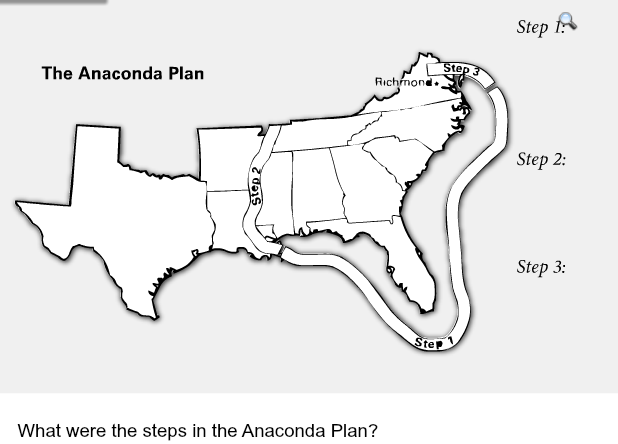

In a few weeks, as the state militias were incorporated into the national service, the militias of Indiana and Illinois were added to his command. McClellan, who was to serve as the commander of its militia, with rank Major General of Volunteers. Ohio was particularly active in doing so, and early acquired the services of George B. Missouri was torn by internal conflict that mimicked in miniature the larger war that was convulsing the nation Maryland was kept in the Union by jailing many of the opposition faction and Kentucky tried to keep the peace by proclaiming its neutrality, whereby it would aid neither the North nor the South if they would agree to leave the state alone.īecause Congress was not in session to authorize Presidential initiatives to suppress the rebellion, the burden of raising troops for the war fell on the loyal state governments. All except Delaware had strong pro-Southern interests. In the early days of the secession movement, the status of the border states Missouri, Kentucky, Maryland, and Delaware, all of which allowed slavery, was unclear. This executive order was not rescinded until the end of the war, so the blockade existed independently of Scott's plan. On 19 April 1861, a week after the bombardment of Fort Sumter that marked the outbreak of the war, he announced that the ports of all the seceded states, from South Carolina through Texas, would be blockaded later, when Virginia and North Carolina also seceded, their coastlines were added. The blockade had already been proclaimed by President Lincoln. The Anaconda had a historical development, both in its origin and the way it played out in the experience of battle.

Consequently, the Anaconda has been somewhat rehabilitated, and general histories of the Civil War often credit it with guiding President Abraham Lincoln's strategy throughout. The form of the Northern victory thus turned out to look very much like what Scott had proposed in the early days. Furthermore, the Confederacy was split in two by a campaign based on the Mississippi River, and a consensus has now been established that this Southern defeat was at least as important in the final collapse of the Rebellion as the land battles in the East that had so long attracted both public and historians' attention. In the four years of war, the Federal Navy enforced a blockade that certainly weakened the South, although its effect on the war effort is still debated. The conflict was not the brief affair that Scott's critics imagined. Their stated belief was that if a few strongholds were taken, the Confederacy would collapse. His opponents called for an immediate overland campaign, directed primarily at the Confederate capital of Richmond, Virginia. Hence, Scott's plan was subjected to a great deal of ridicule. It would take time to gather and train the forces needed to carry out the central thrust, time that the critics of the plan were unwilling to concede. Navy was too small to enforce the blockade in the first months of the war. The complete strategy could not be implemented immediately, as no warships of the type imagined for the Mississippi campaign existed. The culminating battle would be for the forts below New Orleans when they fell, the river would be in Federal hands from its source to its mouth, and the rebellion would be cut in two. They would be followed by a more traditional army, marching behind them to secure the victories. A spearhead consisting of a relatively small amphibious force, army troops transported by boats and supported by gunboats, should advance rapidly, capturing the Confederate positions down the river in sequence.

In the early days of the Civil War, General-in-Chief Winfield Scott's proposed strategy for the war against the South had two prominent features: first, all ports in the seceding states were to be rigorously blockaded second, a strong column of perhaps 80,000 men should use the Mississippi River as a highway to thrust completely through the Confederacy.


 0 kommentar(er)
0 kommentar(er)
